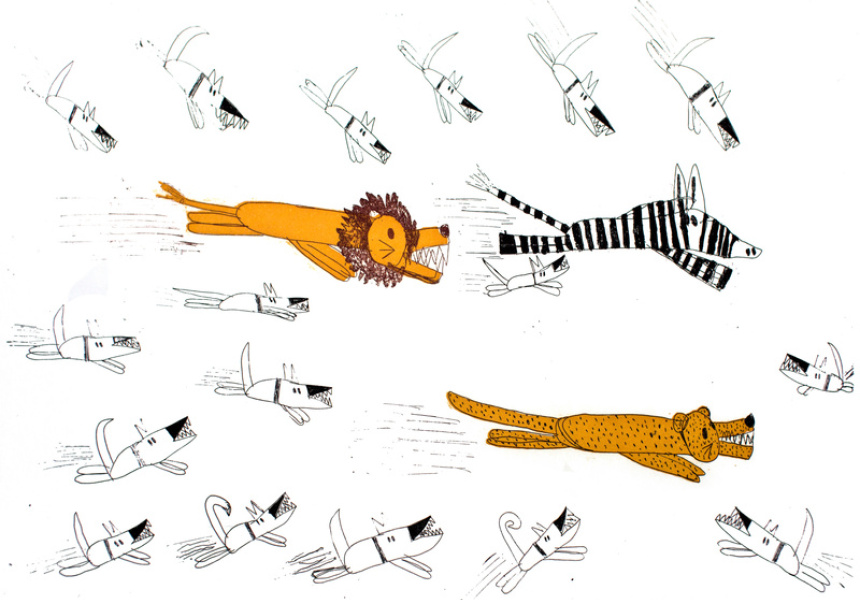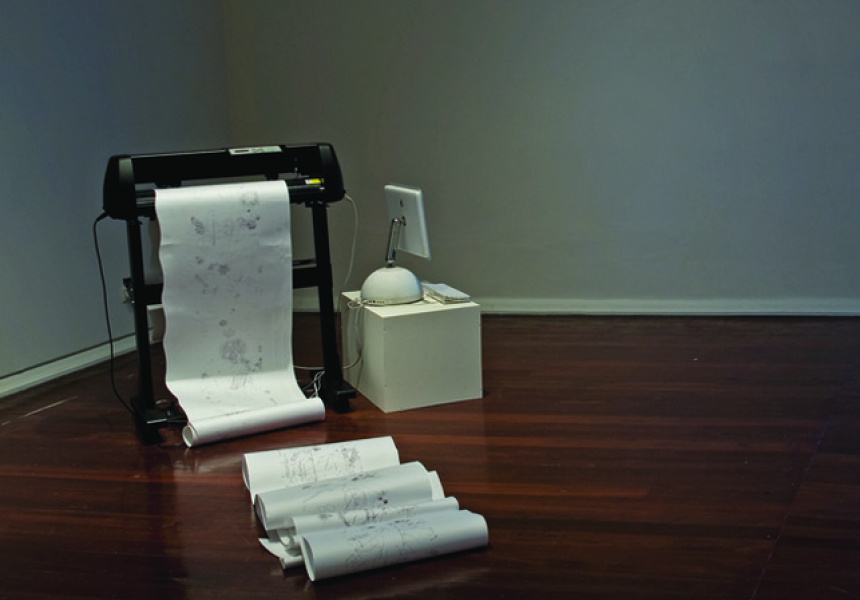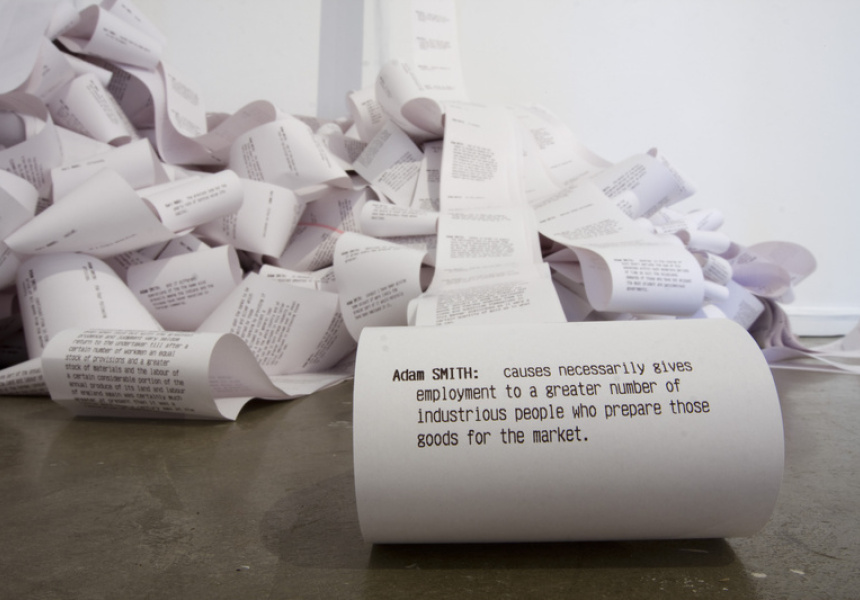In the romance languages ‘primavera’ means springtime – a time for growth, rebirth, hope, enlightenment and potential.
But how is this relevant in Australia, where we only really have two seasons: summer and almost summer?
Well, benefaction. Primavera is an optimistic and anticipated annual exhibition at the Museum of Contemporary Art at this time each year, which shows the works of Australian artists under 35. Initiated two decades ago by Dr Edward Jackson AM and Mrs Cynthia Jackson AM in memory of their daughter who died at the age of 29, Primavera has fertilised the career of several important Australian artists including David Griggs, Nell, Agatha Gothe-Snape, Michael Zavros, Shaun Gladwell, TV Moore, Jackson Slattery and The Kingpins.
The 2012 exhibition features seven artists representing most states and territories. It’s the second year for MCA curator Anna Davis, but her first back inside the building after 2011’s off-site variation. The focus of her curatorial interrogation is the process of looking inwards and so the exhibition seems to be a meditation on the bending and blending of time, looking forward and backwards to catch-up, revise and even build illusions of history.
Never miss a Sydney moment. Make sure you're subscribed to our newsletter today.
SUBSCRIBE NOWRe-living Room by Anastasia Klose seems to sum up these themes best as she inhabits a small, semi-enclosed structure during all gallery opening hours. This work, which re-enacts a period of unemployment, will see her eating junk food on the sofa, watching and dancing to music television alchemising her previous inactivity into a work of art – the artist fee for her inclusion significantly turning her unemployment into employment 10 years later.
Also recreating the past is Northern Territory-based artist Dion Beasley, who reconstructs landscapes from cardboard as environments for the lives of the camp canines he once lived with. Reconstructing narratives for social hierarchies, civil battles and culture, Beasley creates reflections for humans played out by animals.
Bending Time is a collection of video, film and photographic works by Justine Varga. Themes of darkness and studies of emptiness are illuminated in works that depict the artist’s observations on the subtle effects of even short periods of time. Thick with time, Varga’s detailed and hypnotic observations of familiar spaces such as her studio, can be hallucinatory as the works attempt to draw you in a state free of scale, form and context.
Todd McMillan’s 16-milimetre films are meditatively revealing. In albatross, 2012 we see the endangered Shy Albatross flying off the coast of Tasmania. As the light hits the lens, it erases the image of the fleeting bird, suggesting an erasure of memory and the proximity of extinction. Historically, the albatross symbolises sailors lost at see, only solidifying the work’s cadence of history’s dissolve and depletion.
Kate Mitchell’s video work Fall Stack, 2011 similarly deals with subtraction while My Life in Nuts, made for this exhibition, focuses on the additive quality of personal history, specifically counting each day the artist has been alive by adding a single unshelled peanut to a mound that, at the opening, will total 11,137. Often absurd and humorous, Mitchell’s performance-based pieces refer to what she calls the “cartoon impossible”. In another video – this time dealing with neither addition nor subtraction but infinite ineffective labour – Mitchell climbs a ladder up and out of the ceiling of a room only to appear moments later through the floor in an endless and exhausting cycle.
Repetition is empathised in Benjamin Forster’s kinetic sculpture Notes on Particulates, 2012, which works its way to demise as paper is constantly printed and re-fed into itself. Similarly, his work Discourse, 2010 simulates a never-ending dialogue between the philosophers Karl Marx and Adam Smith. Receipt paper printed with the authors’ corresponding texts creates disorder upon the gallery floor symbolic of the digressions of human thought.
Referencing his Injinoo heritage, Queensland artist Teho Ropeyarn combines Aboriginal and Torres Straight Islander designs to signify his belief in sharing histories and keeping his people’s language, art and culture alive. Telling stories of Upudhi, the Rainbow Serpent and of ‘spirit streams’ represented by crocodiles swimming in a figure eight, Ropeyarn uses vinyl cut printing to reflect on a whole history of storytelling.
Exploring the inner worlds of artists, reflecting upon experiences (real, imparted or interpreted) and creating fictional and alternate realities, chasing history and reinterpreting knowledge and time – even in the almost mono-climate of Sydney, we witness ideas and perspectives that rejuvenate. Blooming for this year’s Primavera are the bulbs of next season’s most alluring creative pollen.
Primavera 2012 shows at the Museum of Contemporary Art from October 4 to December 2.



